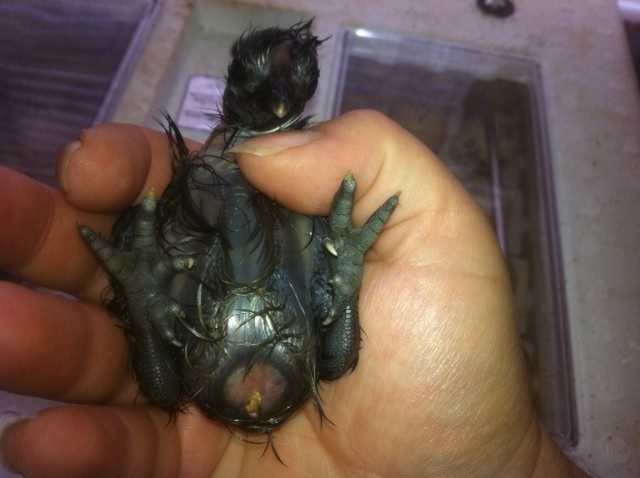THe purpose of the dry hatch is to keep moisture levels low enough to dry the egg to correct levels, about 11-13% wt loss, so the chick is not bloated with water and can turn and twist to pip and zip. The increased moisture at lockdown is to keep the membranes moist and pliable during the zipping phase. If the pip hole lets in dry air the membranes can dry to the chick and its glued in place not able to zip. TWO different purposes between the incubating phase and the hatching phase. Now do you feel better?
Have to ask, since different people think different temps as dry hatch. Do you use any water at all? Completely dry? I use the 30's to 40% for my dry hatch...low humidity hatch? LOL..












